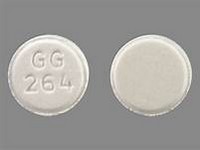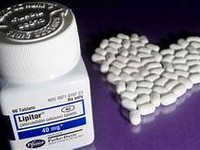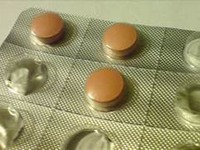Bezafibratexxx

Bezafibrate
CLINICAL USE
Treatment of metastatic carcinoma of the colon or rectumDOSE IN NORMAL RENAL FUNCTION
5 mg/kg every 14 daysPHARMACOKINETICS
DOSE IN RENAL IMPAIRMENT
GFR (mL/MIN)
DOSE IN PATIENTS UNDERGOING RENAL REPLACEMENT THERAPIES
IMPORTANT DRUG INTERACTIONS
Potentially hazardous interactions with other drugsNone knownADMINISTRATION
Reconstition
–Route
IV infusion
Rate of Administration
30–90 minutes depending on how the patient tolerates itComments
Dilute in 100 mL of sodium chloride 0.9% DO NOT mix with glucose solutionsOTHER INFORMATION
Increased incidence of hypertension has been seen with treatmentPeople with a history of hypertension may be at an increased risk of proteinuria. Discontinue therapy in patients with Grade 4 proteinuria (nephrotic syndrome)Can delay wound healing Bevacizumab has been used in a haemodialysis patient at a dose of 5 mg/kg every 14 days.
See how to identify renal failure stages according to GFR calculation
See how to diagnose irreversible renal disease
Home








